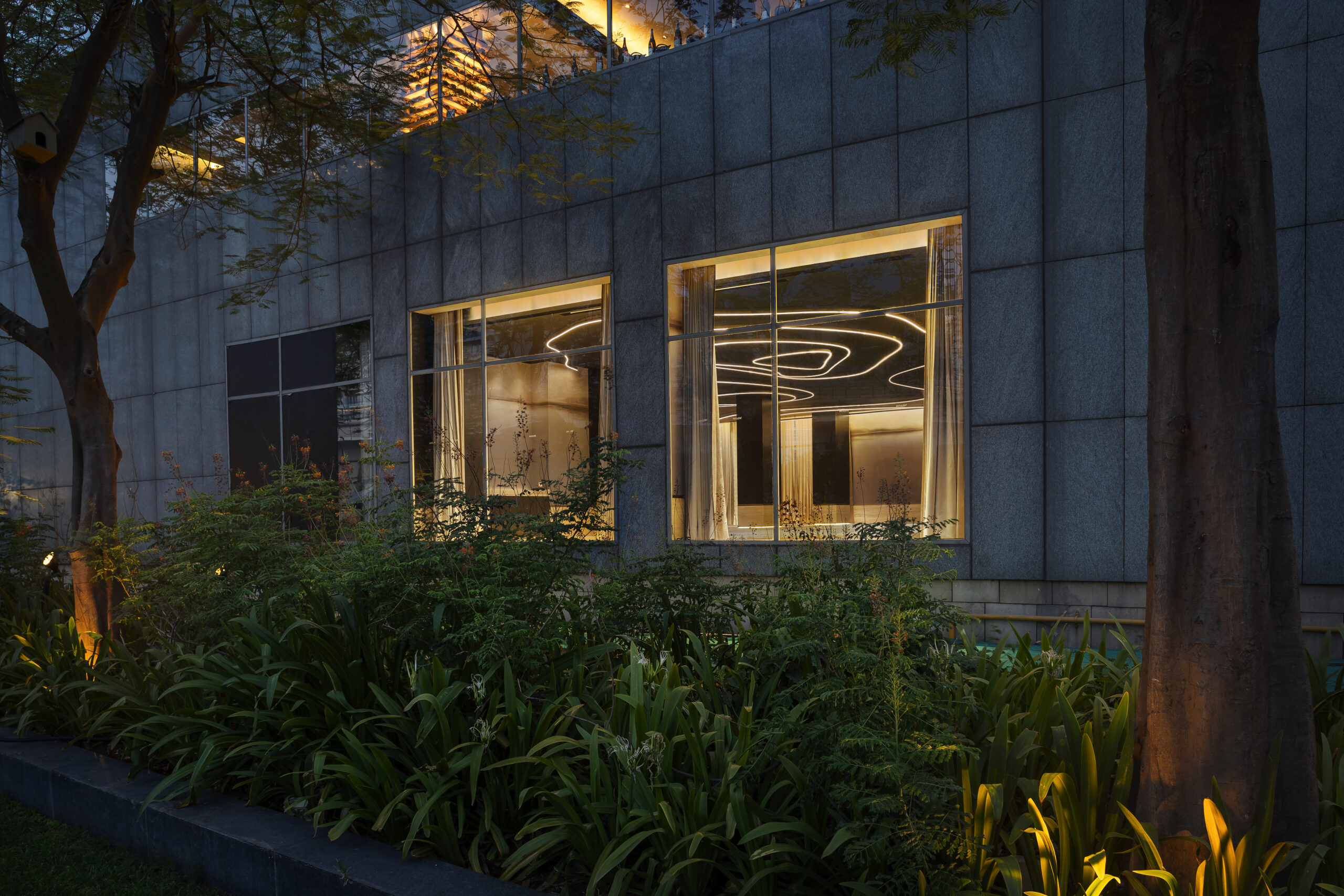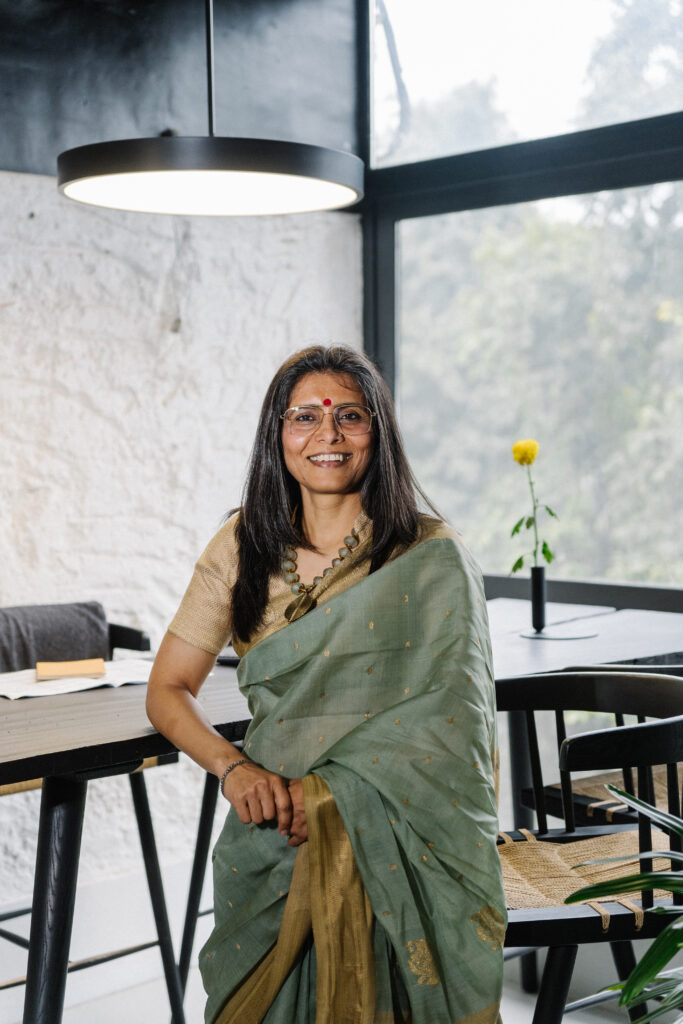- As someone deeply rooted in the spirit of Indian culture, how do you infuse vibrant colour palettes into your designs while ensuring they remain timeless and adaptable to evolving trends?
Our culture is truly the cornerstone of our identity, and integrating its elements into design not only reflects our roots but also creates a sense of belonging and connection. By blending traditional color palettes and art with modern design elements and pop-ups, we infuse spaces with vibrancy and dynamism while maintaining flexibility and adaptability for future shifts.
- Could you elaborate on your approach to incorporating elements of arts, crafts, and culture into your design process, and how does this approach contribute to the authenticity and richness of your projects?
As previously mentioned, the infusion of traditional color palettes and artwork with modern design elements and pop-ups imbues our spaces with vibrancy, enhancing the authenticity and richness of our projects.
- Given your belief in the importance of uplifting lifestyles through design, how do you ensure that your projects positively impact not only individuals but also the broader community they serve?
Hive acknowledges that impact isn’t solely defined by project size but rather by the dedication to sculpting space, volume, and shape through the simple essentials of light and shadow, materiality, tactility, and color. I believe that the client extends beyond the individual to the community and, therefore, we approach every project as an endeavour to uplift lifestyles.

- With your background in architecture, project management, and real estate, how do you leverage this diverse skill set to lead and inspire your team at Hive, fostering a culture of creativity and excellence?
My background in architecture not only facilitates design thinking and problem-solving but also cultivates an appreciation for design aesthetics, functionality, and sustainability. It inspires us to strive for excellence in every project.
Furthermore, project management skills foster an organized and supportive environments, enabling us to establish crucial goals, manage time effectively, and understand roles and responsibilities which is a key requirement to fulfill client requirements efficiently.
Real estate knowledge brings a practical, market-oriented perspective. With a diverse range of skills, knowledge sharing becomes inherent, fostering an environment where team members from various backgrounds can share insights and learn from one another.
- Can you discuss a particularly challenging project you encountered and how you overcame obstacles to deliver a successful outcome, showcasing your problem-solving skills and resilience as a design leader?
Each project presents its unique challenges, which we tackle and overcome. I don’t perceive completed projects as challenges because they are already accomplished. Renovation projects pose the most significant challenges, where blending existing and new elements is crucial to breathe new life into a space while preserving its original character.
Effective management skills involve meticulously documenting every stage, maintaining ongoing communication with the client to address emerging issues, and adjusting designs and details according to site conditions. Staying vigilant and proactive throughout every phase is essential for navigating such projects successfully. Patience and perseverance are paramount in this context, as is keeping the team motivated and informed about the daily changes and recording them accordingly.
- In what ways do you find inspiration from your experiences outside of the design world, such as your passion for the education of the girl child, and how do these influences shape your approach to design?
The experiences from outside the design world help in infusing empathy, inclusivity, and a broader societal perspective in the designs. Empathy translates into a design approach that prioritizes user experiences and accessibility, emphasizing the significance of sustainability and social responsibility.
- How do you foresee the future of sustainable design, and what initiatives do you envision Hive undertaking to contribute to the advancement of eco-friendly architecture and practices?
Sustainable design will become integrated and increasingly innovative as it is an integral part of design and architecture. Moving forward, our emphasis lies in integrating nature into the built environment and leveraging local climatological aspects such as wind direction and sunlight in our designs to enhance energy efficiency. Incorporating local materials not only reduces construction costs but also saves time and energy by minimizing the transportation of materials, prevents wastage, and lowers carbon footprints. We are committed to finding ways to reuse and recycle materials while implementing smart technologies for enhanced energy efficiency.
This interview was conducted by Commercial Design for their digital feature.

